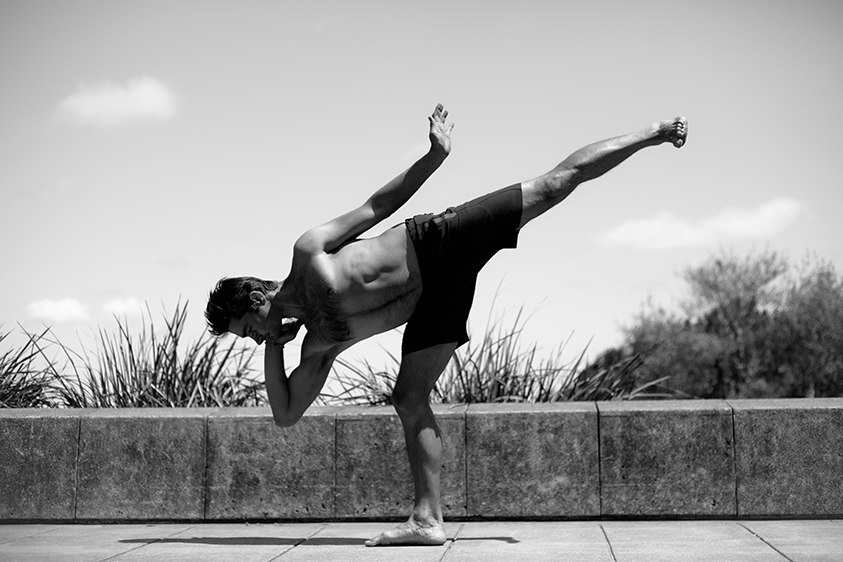Yoga is a seriously great way to practise mindfulness and increase flexibility – and we all know that a relaxed and happy mind and body means a relaxed and happy life. Below I deep-dive into the purpose of the poses you will be guided into when doing yoga, so you will know exactly how to practise them and what benefits to expect.
Back-bends
Your spine is your lifeline. Just think about it for a moment – if for some unfortunate reason you lose your arm or your leg, you’re still able to live albeit with reduced mobility. However, you cannot live without a healthy spine! Everything flows through your spine – the spinal cord, the network of nerves, the circulating blood – and everything closely depends on that flow; it connects your brain to the rest of the body.
Working on your spine will not only work on maximizing the movement through your spinal vertebrae, but also on other areas of your body that bending backwards have an effect on – shoulders, upper and middle back and front groin.
On the physiological level, back bending energises, refreshes and invigorates our bodies as it opens our chest and heart region and as such encourages deep inhalation.
Psychologically, back-bends are associated with embracing life, having fun and overcoming fear by developing personal power through determination that such a strong posture commands.
It is important to note that in case of back injuries, consult your teacher as to what is the appropriate backbend variation you should do. The spine is very sensitive and pushing through could do you more harm than good.
Twists
Just imagine the action of rinsing a wet cloth – the movement is similar when we twist. It works through your spine in a spiral motion, working deep into the musculature, internal organs and glands of the torso. Twists are known as detoxifying because when we twist, our internal organs are squashed and the flow of fluids is cut off for the duration while we are holding the posture, but when we release the twist the rush of the body fluids sets in motion and initiate a cleansing of the organs and body cavities by the sheer pressure of the fluids hosing through.
On an anatomical level, twists are excellent for releasing tightness in the neck, shoulders and hips. However, if you already have any back injuries, you must approach twisting gently, with softness and cousin.
Inversions
Inversions are one of the most important yoga postures. They are not easy to master but once you do, your whole experience of your yoga practice will change – you’ll feel powerful and almost fearless. One of the many benefits of inversions is hidden in reversing the blood flow. When we’re upside-down the blood flow reverses direction and as such cleanses your blood ‘pipes’, the whole blood network of the capillaries, veins and arteries get polished from within.
Another excellent gain that inversions provide is that our internal organs get shaken. As we walk upright our internal organs sit on top of each other all day long and they tend to be always squashed, even more so if we walk or sit with round shoulders leaning forward, so when we’re upside-down it’s a unique chance for our internal organs to get shaken up a bit and move stale substances that rest at the bottom of them.
In addition, when we’re standing upright our heart works hard to pump blood around the body, but when we’re upside down our heart doesn’t need to pump as actively, so we’re giving our heart a chance to rest a bit by pumping at a much slower rate and almost effortlessly.
The most playful benefit of all is that when we’re upside-down the whole perspective of the space and world around us changes – and changing your perspective changes your experience!
Standing
Standing postures are considered the absolute foundation to a yoga practice. They are known as “Earthing” postures because when we stand on the ground with our bare feet, the whole network of our nerves system ending in the soles of our feet touches the ground. The Earth has an electro-magnetic field, and our body has an electro-magnetic field, so these two energies meet at the soles of our feet, connecting us with the Earth.
Standing postures can be seen as Earth to Summit flow, because they increase heat in the body bringing Earth energy up the legs, cultivating energy in the pelvis, focusing on sustained strength, concentration, tenacity and inner listening.
Forward-bends
Forward -bends at first glance look easy, but actually they’re not. It takes a long time to enter them deeply, mainly because of two factors; anatomical and psychological.
When we bend forward, either standing or seated on the floor, trying to stretch to the deeper levels, our body tends to protect us by triggering the stretch reflex. If we try too hard, the reflex causes a stretched muscle to automatically contract in opposition to the stretch, then we feel a stretching pain and can’t bend any further into the posture, but pushing ourselves deeper into the pose just makes it worse. The more pain you feel the stronger the stretch reflex which provides a great lesson – patience!
Psychologically, we realise, that in order to progress in stretching our stiff hamstrings, we need to be fully conscious, present and most of all content at whatever stage of the posture we’re at. Paradoxically, when we’re truly satisfied where you are, your pose often opens up and we can easily move forward.
Physiologically, they have a great benefit for our digestive system. When we’re bending forwards our digestive system is compressed inwards, thereby massaging our intestines and colon which will assist bowel movements.












